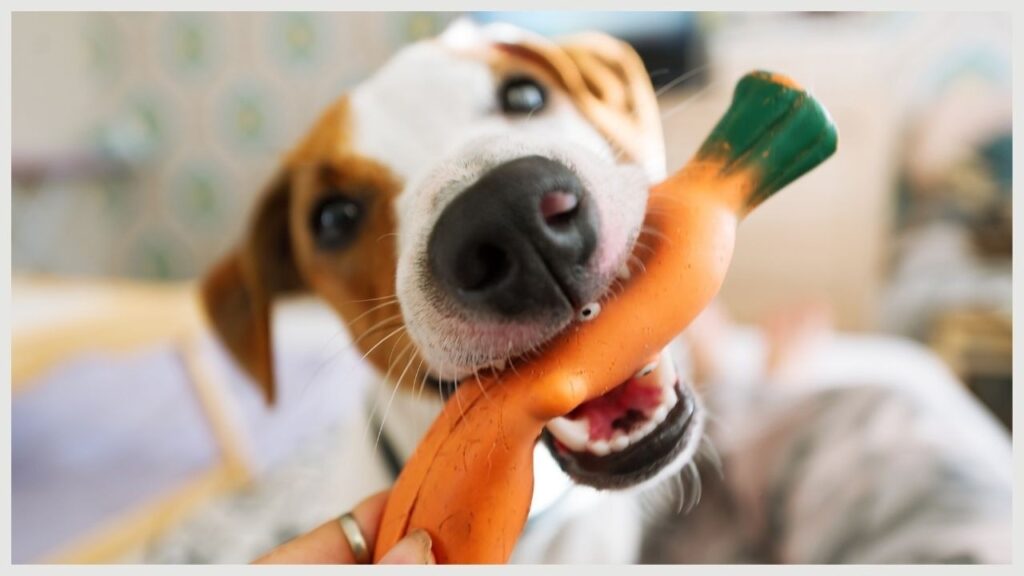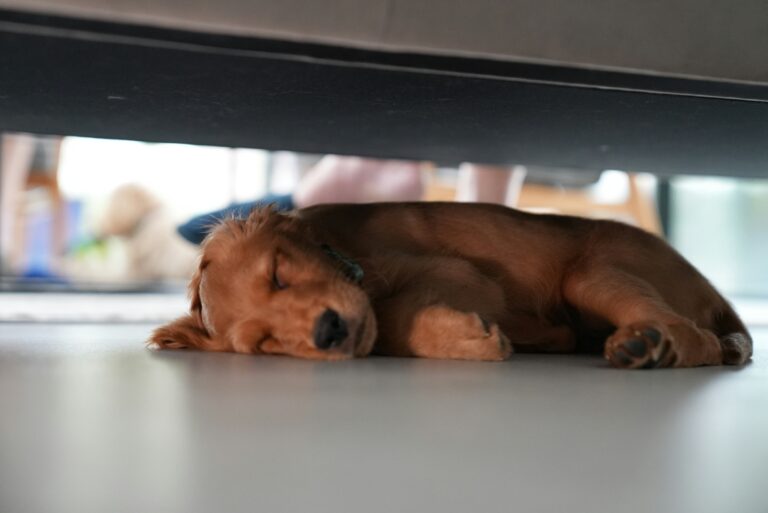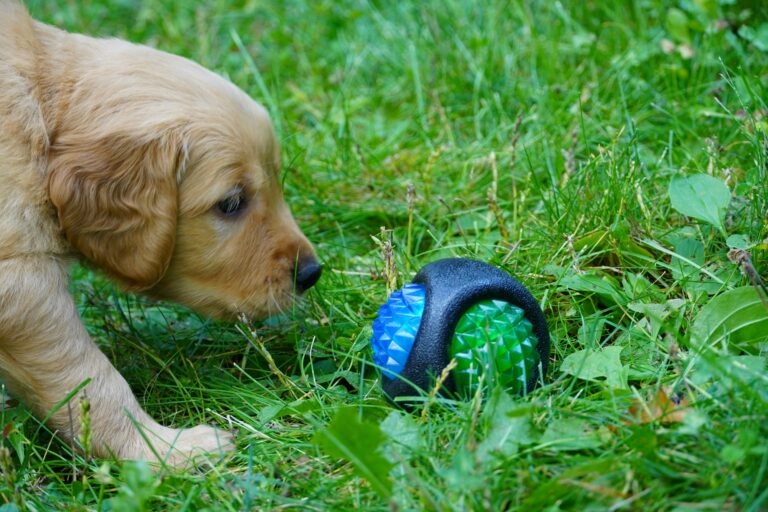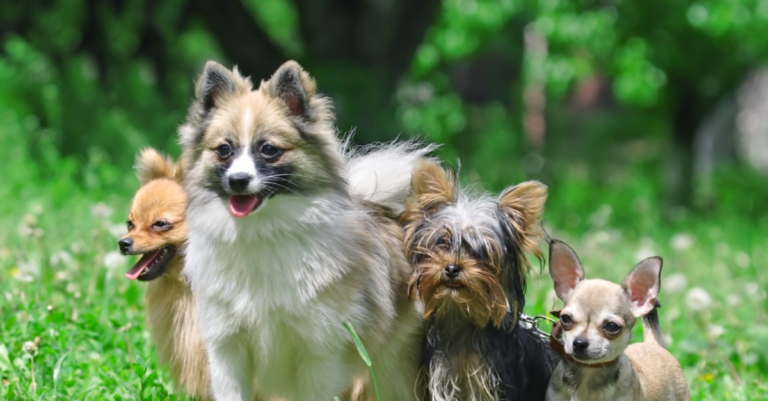Welcome to an enriching journey through the world of “Tiny but Mighty: Unleashing the Power of Positive Reinforcement for Small Dogs.” This comprehensive piece seeks to shed light on the incredible potential that lies within our pint-sized canine companions and the transformative power of positive reinforcement.
The power of positive reinforcement has been widely recognized in numerous aspects of life, from classrooms to businesses. However, its potency is often underappreciated when it comes to training small dogs. This post aims to change that. It provides a wealth of knowledge on how to effectively employ positive reinforcement, thereby enhancing the bond with your tiny canine friend and promoting their optimal behavior.

In the course of this piece, we will delve deep into the principles and methodologies of positive reinforcement, specifically tailored for small dogs. We’ll tackle the challenges faced, the misconceptions, and how to overcome them. Expect to uncover the benefits of this approach and the steps to implement it successfully in your dog’s training regimen.
So, brace yourself for an enlightening exploration that promises to enhance your understanding and skills in harnessing the power of positive reinforcement. Discover how the simple act of acknowledging good behavior can work wonders in nurturing your small dog’s potential, making them not just tiny, but indeed mighty! 🐾🐕🦺
Understanding the Psychology Behind Positive Reinforcement
Small dogs are often underestimated in terms of trainability, but their cognitive abilities are well-suited for positive reinforcement techniques. They are quick learners, especially when training is approached with patience and consistency.

Positive reinforcement builds a dog’s confidence and reduces fear-based reactions. This is crucial in small dogs, which are more likely to develop defensive or reactive behaviors due to their size.
Establishing a Training Routine
Creating a consistent daily routine helps small dogs understand what is expected of them. Incorporate short, regular training sessions to maintain focus and interest.
Morning and evening routines are ideal times to integrate training, as dogs are typically more alert and responsive. Keep sessions short but frequent to reinforce learning.
Common Mistakes in Positive Reinforcement Training
One of the most common errors is inconsistent rewarding. If you sometimes reward and other times forget, your dog may become confused and the training loses its effectiveness.
Another mistake is using rewards that are not sufficiently motivating. High-value treats should be used during early training stages to build a strong association with the desired behavior.
Adapting Training to Suit Small Dog Breeds
Different small breeds have unique temperaments. For example, a Pomeranian may respond well to praise, while a Dachshund might be more food-driven.
It’s important to observe your dog’s preferences and energy levels. Adjust training techniques to match their personality and attention span for better results.
Using Environmental Reinforcement
Positive reinforcement doesn’t always have to be food-based. Access to favorite areas, toys, or even a walk can serve as powerful rewards.
Incorporate training into natural settings like the park or your home environment. Practicing commands in varied locations helps generalize the behavior.
Reinforcing Calm Behaviors in Small Dogs
Many small dogs tend to be excitable or bark excessively. Positive reinforcement can be used to reward calm behavior, such as sitting quietly or relaxing in a designated spot.
Use calming cues and reinforce moments when your dog is relaxed. This helps them learn that tranquility is rewarded, which is especially useful in social settings.
Tools and Resources for Positive Training
Clickers, treat pouches, and target sticks are useful tools that can enhance your training sessions. These items help deliver precise signals and rewards.
Apps and online platforms now offer guided training plans tailored for small breeds, making it easier to stay consistent and track progress.
Tracking Progress and Adjusting Strategies
Keep a training journal to monitor your dog’s progress. Note what rewards work best and how quickly your dog responds to different cues.
If a method isn’t working, be flexible and try alternative approaches. What matters most is consistency and making the training experience enjoyable for your dog.
Socialization Through Positive Reinforcement
Introduce your dog to new people, animals, and environments using positive reinforcement. Reward calm interactions and gradually increase exposure to unfamiliar stimuli.
Socialization combined with reward-based training reduces anxiety and helps small dogs feel more secure and adaptable in different situations.
Building Long-Term Habits
Positive reinforcement should be a lifelong approach. Continue reinforcing good behavior even after your dog has mastered a command.
Maintenance training ensures that positive habits stick. Use occasional refresher sessions to keep your dog engaged and well-behaved.
Practical Tips for Using Positive Reinforcement with Small Dogs
Implementing positive reinforcement in your training regimen requires some understanding of your dog’s behavior and a lot of patience.
Choosing the Right Reward
When using positive reinforcement, it’s crucial to find a reward that your dog values. For most dogs, this might be a favorite treat or toy. However, some dogs might respond better to verbal praise or physical affection. It’s important to experiment and find what motivates your dog the most.
Consistency is Key
Consistency is crucial when it comes to positive reinforcement. If you only occasionally reward your dog for a specific behavior, they might become confused about what you expect from them. Aim to reward your dog every time they exhibit the desired behavior to reinforce this behavior.
Positive Reinforcement Techniques for Small Dogs
There are several techniques you can use to effectively implement positive reinforcement in your training.
Clicker Training
Clicker training is a powerful technique in positive reinforcement that enhances a dog’s learning speed and precision. Unlike verbal praise, which can vary in tone and timing, a clicker provides a consistent and instantaneous marker that precisely signals the desired behavior. This helps dogs understand exactly which action is being rewarded, reducing confusion and speeding up the learning process.
In small dogs, who may be easily distracted or overwhelmed, clicker training offers a focused and clear method of communication. The process begins by “charging the clicker,” which involves clicking and immediately delivering a high-value treat, creating a strong positive association. After several repetitions, the dog anticipates a reward upon hearing the click.
Once the clicker is properly charged, it becomes a bridge between the action and the reward. For instance, if you are teaching your dog to sit, you click the moment their bottom touches the ground, followed by a treat. Timing is crucial; even a slight delay can cause the dog to associate the click with the wrong behavior.
Consistency during this phase ensures success. Every desired behavior should be marked with a click and followed by a reward. As the dog gains proficiency, you can begin to phase out the clicker and treats gradually, replacing them with praise or occasional rewards to maintain the behavior.
Transitioning from Clicker to Verbal Cues
While the clicker is an excellent initial training tool, most owners eventually want to rely on verbal commands or hand signals for practicality. Transitioning from clicker training to verbal cues requires a deliberate approach.
Start by pairing a verbal cue with the behavior before using the clicker. For example, say “sit” as your dog begins to lower into a sitting position, then click and treat once they are seated. With repetition, your dog will start to associate the verbal cue with the action independently of the clicker.
Gradually, as your dog becomes reliable with the verbal cue, you can reduce the use of the clicker, reinforcing success solely with treats and praise. This transition should be slow to ensure your dog does not become confused or demotivated.
Utilizing Hand Signals for Visual Learners
Many small dogs are highly responsive to visual cues. Hand signals can be used alone or alongside verbal commands to strengthen communication. Teaching hand signals involves associating a specific movement with a behavior.
For example, holding your palm up can be the signal for “stay,” while a sweeping hand motion toward the ground can signal “lie down.” The initial training involves presenting the hand signal as the dog is performing the action, followed by a reward.
Over time, your dog will learn to recognize and respond to the visual cue independently. Hand signals are particularly useful in noisy environments or for dogs that may lose hearing as they age.
Shaping Complex Behaviors
Shaping is a technique where complex behaviors are broken down into smaller, manageable steps. Using clicker training, you reward successive approximations of the desired behavior.
If you want your dog to learn to roll over, for instance, you would first click and reward for lying down. Once lying down is consistent, you click for slight movements toward the side, gradually working up to a full roll.
Shaping allows dogs to build confidence and understand that experimentation is encouraged. It nurtures creativity and problem-solving skills, making training sessions more mentally stimulating and enjoyable.
Capturing Natural Behaviors
Another positive reinforcement technique is capturing. Capturing involves waiting for your dog to naturally offer a desired behavior and then marking and rewarding it.
For example, if your dog naturally stretches after waking up, you can click and reward this behavior, eventually putting it on cue with a word like “stretch.” Capturing is excellent for behaviors that are difficult to prompt or lure.
Consistency and timing are essential for successful capturing. Always have a clicker and treats readily available to reinforce spontaneous behaviors you want to encourage.
Using Luring to Guide Behavior
Luring is another useful strategy, especially in the early stages of training. It involves using a treat to guide your dog into a specific position or action.
If you are teaching “sit,” hold a treat close to your dog’s nose and slowly lift it upward and slightly backward. Their natural response will be to sit, at which point you click and reward.
Over time, you can fade the lure by making the hand movement without the treat and reward only after the behavior is performed. This helps transfer the behavior from a physical lure to a verbal or hand cue.
Building Focus and Engagement
Small dogs often have bursts of energy and curiosity, making focus training essential. Training attention exercises helps maintain engagement and ensures your dog stays connected during distractions.
A simple attention exercise is the “watch me” command. Hold a treat near your face and reward your dog for making eye contact. Gradually increase the duration of the gaze before giving the reward.
Practicing focus exercises regularly strengthens your dog’s ability to stay attentive during longer training sessions and in stimulating environments.
Reward Schedules and Fading Treats
In the beginning, every correct behavior should be rewarded to build a strong association. However, once the behavior is reliable, it’s important to shift to a variable reward schedule.
Variable reinforcement means rewarding randomly rather than every time. This makes the behavior more resistant to extinction because the dog never knows exactly when a reward will come.
Fade treats slowly by introducing alternative rewards like verbal praise, petting, or play. The goal is for your dog to perform reliably even without the expectation of a food reward every time.
Preventing Over-Reliance on Food Rewards
While food is a powerful motivator, relying exclusively on treats can create dependency. Balance food rewards with other reinforcements like toys, affection, and access to desired activities.
Teaching your dog that praise and play are also rewarding makes their obedience more reliable across different settings and situations.
Problem-Solving in Positive Reinforcement Training
Sometimes dogs may plateau or regress in their learning. Troubleshooting is an essential skill for trainers.
If your dog fails to respond, consider whether the cue is clear, whether distractions are too high, or if motivation is sufficient. Adjust the training environment or the reward to re-engage your dog’s enthusiasm.
Regression is normal, especially when introducing new levels of difficulty. Return to a simpler version of the behavior and rebuild confidence before progressing.
Training in Different Environments
Generalization is crucial for reliable behavior. Practice trained behaviors in a variety of locations with increasing levels of distraction.
Start with quiet environments, then gradually add moderate distractions like other dogs or people at a distance. The final stage is practicing in highly stimulating environments, such as parks or busy streets.
Each new location is essentially a new “lesson” for your dog. Patience and gradual exposure ensure that learned behaviors are consistent everywhere.
The Importance of Body Language
Dogs are experts at reading human body language. During training, maintain relaxed and positive body posture.
Avoid looming over your dog or using harsh hand movements, as these can be intimidating. Smile, bend down to their level, and use open, inviting gestures to encourage participation.
Positive body language complements verbal praise and treats, enhancing the overall reinforcement experience. and the behavior, making it easier to communicate your expectations.
Conclusion
“Tiny but Mighty: Unleashing the Power of Positive Reinforcement for Small Dogs” underscores the immense potential that lies within our pint-sized canine companions. Harnessing this power involves a multi-pronged approach; one that combines a keen understanding of their unique behavioral traits with the use of positive reinforcement techniques. Remember, our small dogs are not just scaled-down versions of larger breeds; they have their own set of needs and strengths that we must appreciate and cater to.
Indeed, positive reinforcement proves to be an effective strategy in training and dealing with small dogs. It fosters a healthy, nurturing environment that stimulates their minds and encourages good behavior. In addition, it reinforces the bond between pet and owner, creating a deeper connection that extends beyond basic pet care.
Ultimately, success in unleashing the power of your small dog depends on consistency, patience, and understanding. Keep these key principles at the forefront of your approach, and you will undoubtedly unlock the true potential of your tiny but mighty canine companion. Remember, size doesn’t dictate capability, and with the right approach, your small dog can achieve great things.



